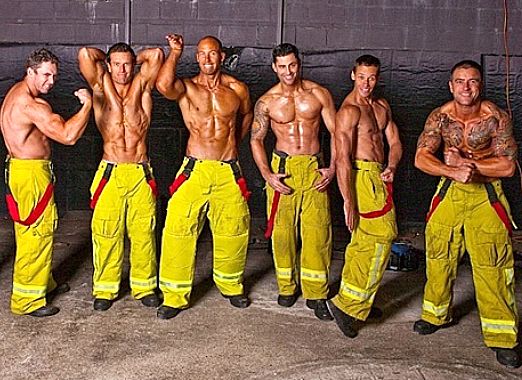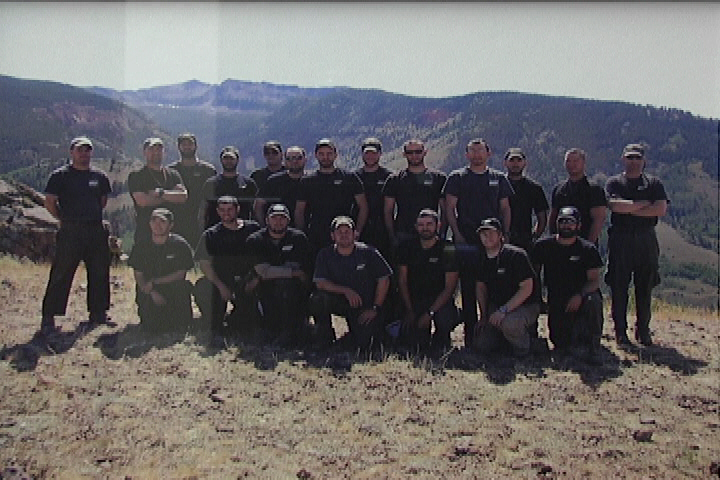

When Hanifan, operations chief at the McMinnville Fire Department in Oregon, became pregnant seven years ago, she was concerned about how her work would impact the fetus. Women in Fire, an organization representing and advocating for women in the industry including hotshots, is working to promote policies around light duty for pregnant women and breastfeeding for new mothers, says its president, Amy Hanifan. Sara Jahnke, National Development & Research Institutes “Women are being failed by a system that is intrinsically built around, and for, men.” Dr. These women, who are working in an already labor-intensive, frontline and dangerous industry, face an uncertain future with little knowledge about how this work could have negative effects on their own reproductive health. But a dearth of women in the force means few individuals to research, leaving major gaps in knowledge about how wildfire management impacts their health, especially maternal health. A lack of access to properly fitting gear also puts them at risk of exposure to toxic chemicals. Researchers do know that women firefighters - both volunteer and career - who make up approximately 8 percent of firefighters nationally, experience reproductive issues including a higher rate of miscarriage, as well as increased mental stress caused by gender discrimination. “Not just because of my lack of period, but also hormonal issues - not to mention smoke inhalation, lack of sleep.”

“I think about how this will affect my chances of getting pregnant all the time,” she adds. I know I’m a little bit leaner than is healthy,” she tells The Fuller Project. She hasn’t had a period in three years, something she attributes to the physical intensity of the job, and the brutal training sessions crews are put through. Huston is a hotshot-a firefighter who battles wildfires. “I could feel the fatigue literally in my womb,” the 23-year-old says.
#HOT SHOTS FIREFIGHTERS CALIFORNIA PLUS#
The 50 minute-long training session left Huston, who weighs 113 pounds and wears 45 pounds of line gear plus a 25-pound chainsaw strapped to her back, exhausted beyond anything she’d felt before.

Sofia Huston panted heavily as she pushed to close the gap between herself and the colleague in front.Ĭlad in bright yellow heavy-duty uniforms, hard hats and gloves, the crew trudged up “Cardiac Hill,” a grueling terrain southeast of Santa Clarita, in Los Angeles County, and so steep “you could kiss the ground in front of you.”


 0 kommentar(er)
0 kommentar(er)
